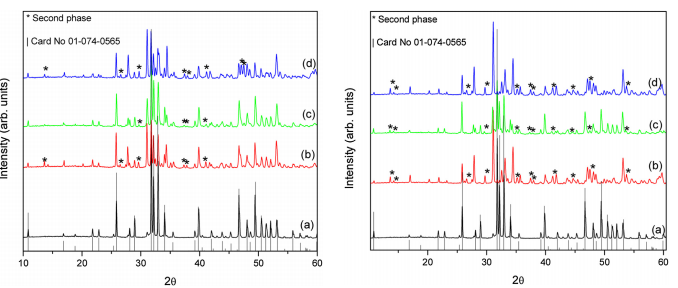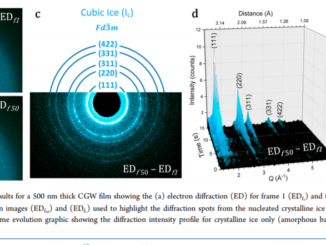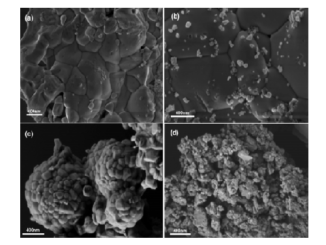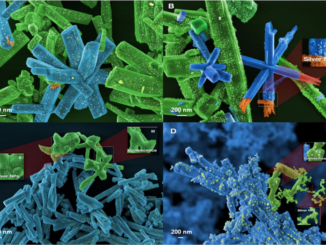
Effects of ZnO/TiO2 nanoparticle and TiO2 nanotube additions to dense polycrystalline hydroxyapatite bioceramic from bovine bones
Abstract: Objectives – A bovine dense hydroxyapatite ceramic (HA) was produced as new biomaterial, however, the production of a material with consistently high flexural strength remains challenging. The objective of this study was to evaluate the effects of ZnO nanoparticles, TiO2 nanoparticles, and TiO2 nanotubes (1%, 2%, and 5% by weight) on the microstructure and flexural strength of a bovine dense hydroxyapatite ceramic (HA). Methods – Discs (Ø = 12.5 mm; thickness = 1.3 mm) were prepared and subjected to X-ray diffraction (XRD), and observation with a field emission scanning electron microscope (FE-SEM), biaxial flexural strength (BFS) testing, and Vickers hardness (VH) testing. The BFS and VH data were subjected to ANOVA and Tukey post-hoc tests (α = 0.05) and Weibull analysis. Results – The XRD showed that the addition of nanomaterials caused the formation of a secondary phase when 5% of the ZnO nanoparticles was used, or when all percentages of the TiO2 nanoparticles/nanotubes were used, and the HA crystallographic planes were maintained. Differences were not observed between the higher BFS values obtained with pure HA and those obtained with the 5% addition of TiO2 nanoparticles. However, the results were different compared with the other groups (α = 0.05). The results obtained by Weibull analysis revealed that the 1%, 2%, and 5% addition of TiO2 nanotubes, and the 1% and 2% addition of TiO2 nanoparticles decreased the HA characteristic strength (σ0), while the Weibull modulus (m) increased when 5% of TiO2 nanoparticles, 1% and 2% of ZnO nanoparticles, and 2% of TiO2 nanoparticles were added, but with no statistical difference from the pure HA. The 5% addition of ZnO2 nanoparticles decreased the σ0 without changing m. Moreover, the 5% addition of TiO2 nanoparticles resulted in an m closest to that of pure HA. Regarding the VH results, the blend of HA with 1% and 2% addition of TiO2 nanoparticles exhibited the higher values, which were similar between the different addition ratios (p = 0.102). Moreover, the addition of 5% TiO2 nanoparticles resulted in higher value compared with pure HA. Significance – This study demonstrated that the HA blend with 5% of TiO2 nanoparticles has the greatest potential as a bovine HA dense bioceramic reinforcement.
Author(s): Pires, LA; Silva, LJA; Ferrairo, BM; Erbereli, R; Lovo, JFP; Gomes, OP; Rubo, JH; Lisboa-Filho, PN; Griggs, JA; Fortulan, CA; Borges, AFS
Dental Materials
Published: February 2020, Volume 36, Pages e38-e46
DOI: https://doi.org/10.1016/j.dental.2019.11.006




